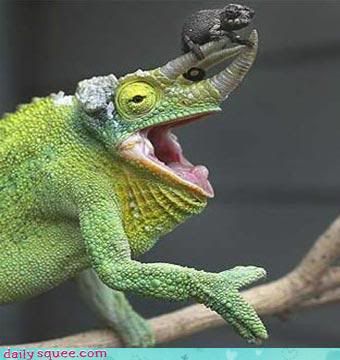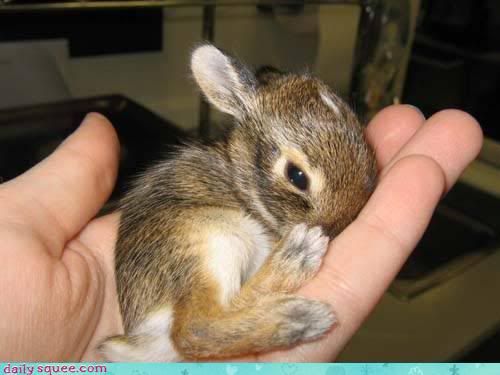Case in point:
This charmer is the hairworm, found in a class of worms called Gordian worms. So named because they tangle themselves up like the famed Gordian knot from Greek mythology. In the case of the hairworm, this is largely because it has to fit it's whole length inside the digestive tract of a grasshopper. Which is its normal host. As a sidenote, another Gordian worm is called the horsehair worm, because apparently they used to think that the worm was actually strands of horsehair that had fallen into water and come to life.

adorable aint it
In order to become infected with the hairworm, the grasshopper has to drink water that has been contaminated with hairworm eggs. Once the worm has matured inside the grasshopper, it needs to find a way back into the water so that it can mate and continue the worm family line.

Y'know, I was going to put a picture of worms in wedding outfits here, but a search of the internet returned no such image. I am slightly disapointed, so here's a cute picture of dachshunds instead
Now's where the disturbing part comes in. In order to return to the water, the worm has to persuade the grasshopper to submerge itself for long enough for the worm to leave. Now grasshoppers aren't exactly champion swimmers to this is tantamount to suicide on the grasshopper's part. So the worm secretes a neurotransmitter (messenger hormone) into the grasshopper, which makes it's way into the bug's brain and tells it that man, it would really like to go for a nice swim today. This is essentially chemical mind control, with that little worm sitting in the 'hopper's stomach pulling the strings. So the poor zombie grasshopper goes to take a walk on the bottom of a pond and the worm gets to go out into the wide, watery world and find other little bodysnatchers to mate with.
Fortunately for the person who found this worm and associated grasshopper in their dog's water bowl (which was the case presented to us in class), the hairworm does not infect any animal other than insects and is harmless to mammals.








